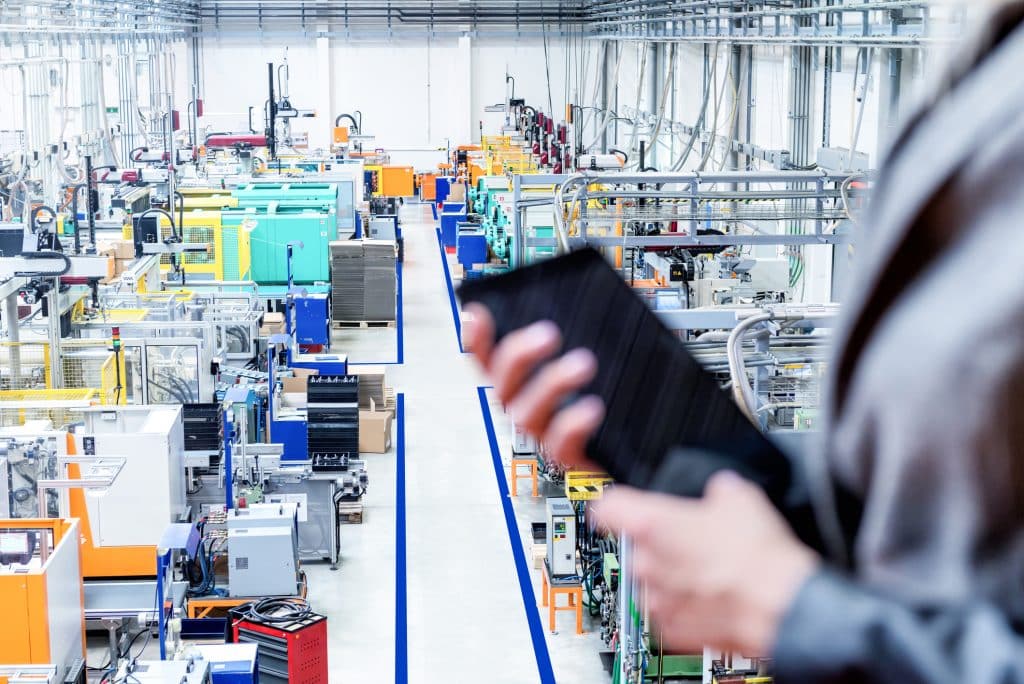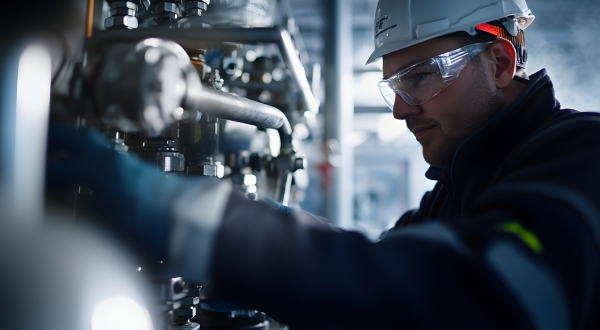Jobs, skills, management, quality of life at work … in the digital age, the future of industry entails first and foremost making the most of the place and role of the operator within the production ecosystem.

Not a month goes by without a further study describing the impact of the industry of the future on future jobs. Is that picture bleak? “There is no doubt that digital technologies are going to transform jobs on production lines. But the digital transformation of the industrial world is first and foremost an opportunity to improve the quality of work and well as the quality of jobs,” says Thomas Leseigneur, innovation manager at Actemium, the VINCI Energies brand specialising in solutions for industry.
“The digital transformation of the industrial world is first and foremost an opportunity to improve the quality of work and thereby the quality of jobs.”
Indeed, industry has long suffered from a poor image among young people. Its jobs are thought to be repetitive and stressful, it is thought to be noisy and dirty – in short, arduous. The advent of robots, augmented reality, and artificial intelligence promises to improve things. Robots will relieve operators of the most unpleasant tasks; augmented reality, 3D simulation, and motion capture will train robots to perform the right movements and assume the right positions.
There will be greater comfort and fewer accidents. In terms of training and safety, industry will be able to use the potential of the digital twin: a 3D virtual duplication of an environment, with added data regarding a variety of elements (presence of objects, temperature, chronological series) in which operators can be placed to generate unlimited behaviour scenarios.
Another accident prevention technique is hyper-location of connected work clothing, which will make it possible to position an operator approaching a hazardous area very precisely.
Collaborative intelligence
The digitalisation of industry also calls for a new look at management models. Knowledge acculturation goes hand-in-hand with the development of digital interfaces, and as a direct consequence reporting structure and functional boundaries are opened up. Like the rest of society, factories are entering the era of collaborative intelligence.
By increasingly automating simple and repetitive tasks and assigning operators to carry out higher-value-added duties, new managerial practices will also make it possible to concentrate productivity from the design stage onward and thus reduce time to market.
“With data analysis, maintenance becomes predictive. It then becomes possible to determine the probability that faults will occur, and anticipate slippages in product quality, in other words to design smarter production lines,” says Thomas Leseigneur.
Ultimately, could digitalisation not also prompt machine and equipment manufacturers to work with their operator customers to devise new business models? “Why not step up the ‘as a service’ approach and draw up customer-supplier contracts based on use and machine service + qualified operator?” says the Actemium innovation manager. This would close the circle: strong skills via digital technology, and a more efficient, more attractive industry able to support augmented jobs.
17/05/2018



